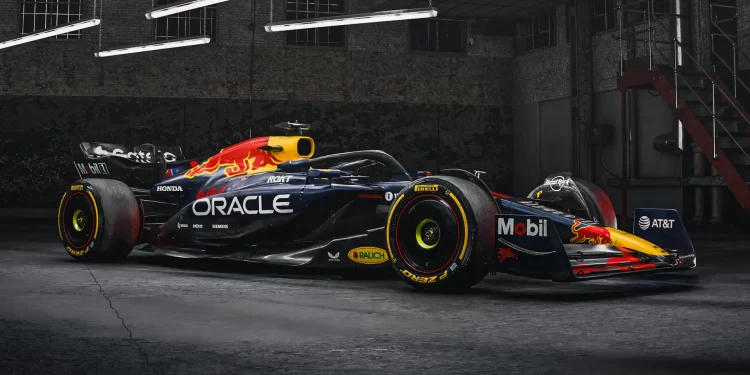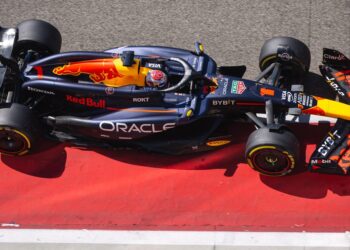By: Joe Cardoso
The 2025 Formula 1 season, marking the 76th running of the championship and its 75th anniversary, promises to be awesome. With a record 24-race calendar kicking off in Melbourne, Australia, from March 14-16 and concluding in Abu Dhabi on December 5-7, fans are in for a rollercoaster of high-speed drama. Max Verstappen, the reigning four-time world champion, enters as the driver to beat, suiting up for Redbull’s RB21. Yet, the grid is of talent and intrigue, from blockbuster transfers to hungry rookies, subtle rule tweaks, and multiple viewing options. If you are like me and new to Formula One you can learn a lot from my teammate Courtney Walsh’s article here.
Verstappen remains the benchmark after clinching his fourth consecutive title in 2024. Red Bull’s car, though potentially challenged by rivals closing the gap, will still use his extraordinary skill. However, McLaren, fresh off their first Constructors’ Championship since 1998, poses a serious threat. Lando Norris, runner-up last year, and Oscar Piastri, both in the MCL39, form a dynamic duo. Their car’s pace, showcased in pre-season testing, suggests they could dominate if they maintain consistency. Ferrari, too, is a focal point with Lewis Hamilton’s blockbuster switch from Mercedes. The seven-time champion joins Charles Leclerc in the SF-25, a pairing that could mean fireworks—Hamilton chasing an eighth title, Leclerc aiming to capitalize on his 2024 wins. Mercedes, meanwhile, introduces Andrea Kimi Antonelli alongside George Russell in the W16. Antonelli, an 18-year-old prodigy, brings raw potential to a team seeking to rebound.
Rookies to watch include. Oliver Bearman (Haas), Gabriel Bortoleto (Sauber), Isack Hadjar (Racing Bulls), and Jack Doohan (Alpine) join Antonelli full-time, with Liam Lawson (Red Bull) rounding out six newcomers. Bearman’s standout substitute stints in 2024 hint at his promise, while Bortoleto’s F2 title underscores his pedigree. Williams’ Carlos Sainz, replacing Hamilton at Ferrari, is another veteran to watch, aiming to lift the FW47 into contention. McLaren and Aston Martin (Fernando Alonso and Lance Stroll) are the only teams with unchanged line-ups, offering stability.
NEW RULES
New rules for 2025 tighten up racing more than change the game. The bonus point for the fastest lap reintroduced in 2019, is scrapped, ending late-race tire gambles. Rookie running doubles, with teams now mandated to field drivers with fewer than two Grand Prix starts in four practice sessions per season, boosting young talent exposure. A driver cooling system, featuring a fluid-circulating shirt, becomes optional during heat hazards, prioritizing well-being. Car weight rises slightly to 800kg (from 798kg), with the minimum driver weight up to 82kg, aiding taller or heavier racers. Damaged cars must now retire immediately if deemed unsafe by the race director, a response to 2024’s controversies. Sprint weekends remain at six—China, Miami, Belgium, Austin, Brazil, and Qatar—keeping the 100km Saturday race format.
How To Watch
Every Formula One race during the 2025 season is scheduled to be televised on ESPN, ESPN2, or ABC. All practice and qualifying sessions and all F1 Sprint events will also be broadcast. Selected races will stream on ESPN Plus, which will feature two alternate streams for all races (Driver Tracker and mixed onboard cameras).
The season launched with a unique F1 75 Live event at London’s O2 on February 18, where all the teams unveiled their liveries.
As teams balance 2025 performance with 2026’s looming regulation overhaul, expect surprises. Verstappen’s pursuit of a fifth title, Hamilton’s Ferrari gamble, and McLaren’s momentum make them the headline acts. Yet, with rookies rising and veterans like Alonso lurking, the grid’s depth ensures unpredictability. Strap in—2025 is set to be EPIC Formula One season!


 NFL
NFL






Comments 1